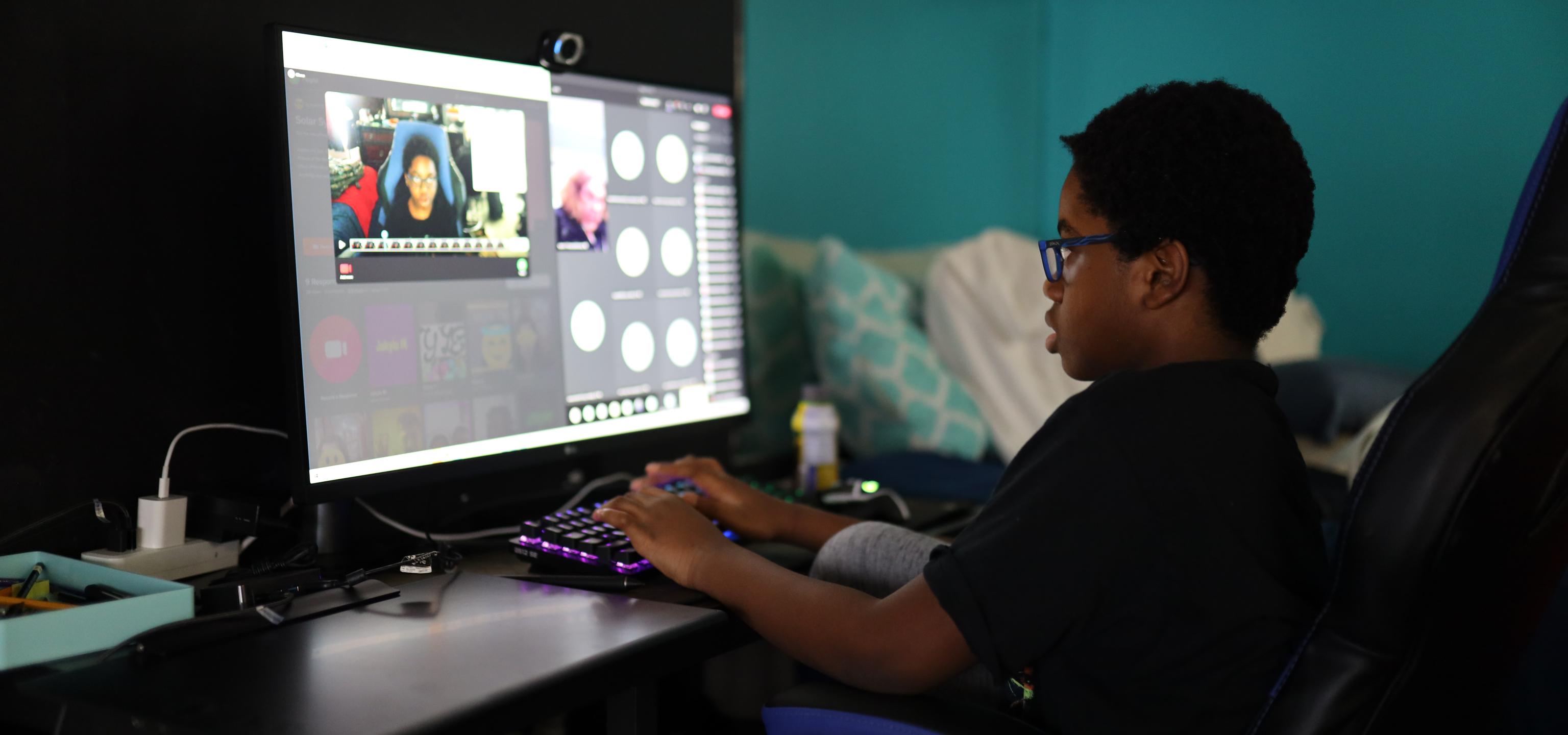
With uncertainty resurfacing amidst new waves of the Coronavirus pandemic, schools face the prospect of another year of virtual classes. The Jewish Educator Portal has put together a guide to assist teachers in being the most effective and engaging virtual educators possible. In this guide, you will find resources and support, tutorials for different educational technologies, professional development opportunities, digital bootcamp webinars, and more.
- Guide
- Educational Technology
- Innovation and Tech
- Models-In-Action
- After School and Beyond
- Congregational Learning
- Day Schools and Yeshivas
- Early Childhood
- Educator Training
Table of Contents
- Zoom
- Digital Bootcamps
- Resources from The Jewish Education Project
- Early Childhood Resources and Professional Development
- Guides, resources, and support for online learning
- Training on Platforms that Encourage Collaboration or Assessment (Provided by the Platforms Themselves)
- Cooperative Learning
- Liberating Structures (Best Implemented in Grades 9 - 12)
- G Suite for Education
- Google Slide Templates
- Training Videos by Teachers, for Teachers
Zoom
- Tips and Tricks: Teachers Educating on Zoom
- Tips for Parents to Support Learning at Home
- School Administrators Guide to Rolling Out Zoom
- Zoom Video Tutorials
Digital Bootcamps
Webinar Recordings FROM THE JEWISH EDUCATION PROJECT AND JETS ISRAEL
Digital Bootcamp for Early Childhood Educators
This online series provided training for Early Childhood directors and teachers introducing them to a variety of digital learning tools and the instructional methodologies that they promote.
Digital Boot Camp for Congregational School Educators
This online series provides training for Congregational School directors and teachers introducing them to a variety of digital learning tools and the instructional methodologies that they promote.
Resources from the Jewish Education Project
- Digital Tool Evaluation Rubric
- Online/Blended Models of Innovation (collection)
- Exploring EdTech for the Judaic Studies Classroom
- Video tutorials on how to use Wordwall, Genial.ly, Google Suite, and Quick Nakdan in a Jewish context
Early Childhood Resources and Professional Development
- Five things Jewish early childhood centers can do to prepare for extended school closures
- Revisiting Online Teaching & Learning (August 13, 2020) - Zoom Recording
- Emerging Practices in Virtual Jewish Early Childhood Ed (March 19, 2020) - Zoom Recording
Guides, resources, and support for online learning
- Tech Tools Google Sheet
- Upstart's Guide for Online Facilitation in the Areas of Reflection, Inquiry, and Application
- Teacher Guide to Online Learning from MichiganVirtual.org.
- Resources and Support for the Online Educator from iste.org.
- 4 Learning Strategies for Flipped Learning
- Sefaria Webinars for Learners
- 6 Strategies for Building Community in Online Courses - Blog Post and Associated Resources
- Training Videos of Online Pedagogical Applications (Select Teaching Environment: “Online Implementation” to Filter)
Training on Platforms that Encourage Collaboration or Assessment (Provided by the Platforms Themselves)
- Padlet Training Videos from Padlet
- Flipgrid Training from Flipgrid
- EdPuzzle Training Videos from EdPuzzle
- Peardeck Training from Peardeck
- Go Formative Training from Go Formative
- Quizzizz Training from Quizziz
Cooperative Learning
Utilizing Zoom Breakout Rooms and Google Docs, several cooperative learning exercises can be adapted to an online environment. For example:
- Single/Continuous Round Table - Provide each group of students an individual Google Doc to record answers, have groups share their recorded answers when the class regroups.
- Rally Robin - Pair students into Breakout Rooms of four with two students on each team. One team does the Rally Robin while the other team records the answers. Bring all groups together with the recording team to share the answers of the speaking team. Teams can then switch roles and repeat the process.
- Think - Pair - Share/Timed Think-Pair-Share - Students can write their initial “think” answer on a shared Google Doc or on paper. Use Breakout Rooms to divide the class into groups of two (or greater) before bringing the class back together.
- Jigsaw - Utilize Breakout Rooms to Create the “Jigsaw” and “Expert Groups.” Bring the groups together for an all-class discussion at the end of the exercise. (Can also be facilitated in asynchronous learning.)
Liberating Structures (Best Implemented in Grades 9 - 12)
Initially designed for amplifying innovation and collaboration in meetings, several Liberating Structures formats are transferable to a synchronous online classroom using Breakout Rooms. Best used to encourage conversation on “big ideas” or creating social presence.
- 1-2-4-All - Similar to Think - Pair -Share
- Impromptu Networking - Multiple Rounds of One-On-One Conversations
- Troika Consulting - Encourages Peer-to-Peer Learning - The “consultee” turns off his/her video as the “consultants” discuss the consultee’s request for help. Then the consultee returns to video.
- Conversation Cafe - Encourages Active Listening - Every student should have a physical object to hold up during conversation to identify him/her as the only speaker.
G Suite for Education
- Google Educator Certification - Free Online Training and Online Exam (For a Nominal Fee)
Google Slide Templates (Need to be Adapted for Content)
- Jeopardy - Google Account Needed!
- Generic Board Game - Google Account Needed!
- Who Wants to Be a Millionaire - Google Account Needed!
- Website with Other Generic Interactive Google Slide Templates
